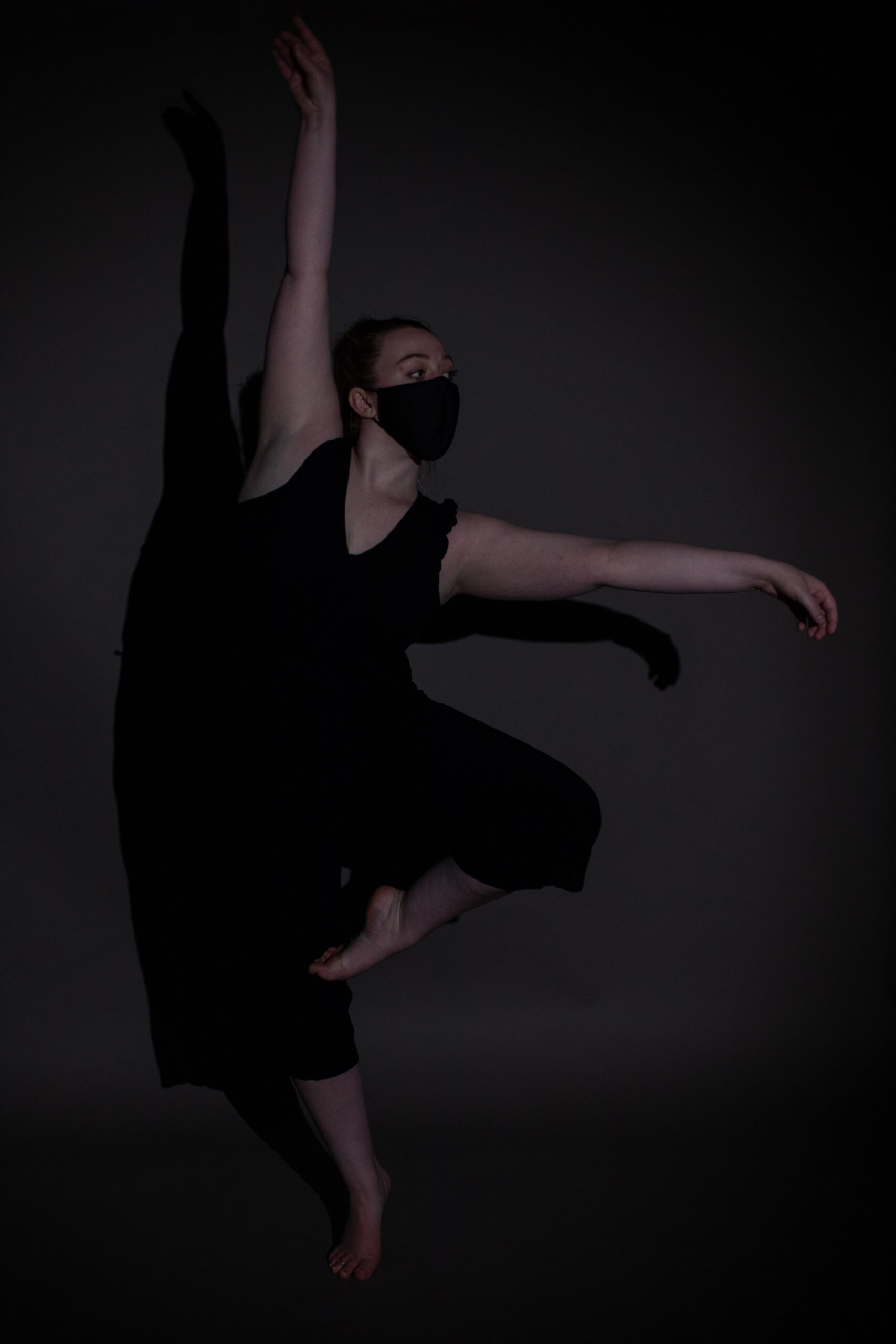Artist Biography
Starving Artist
From a young age, I carried a notebook in hand and drew sketches of everything in my life. Drawing gave me my creative spark and my grounding roots in art. As I grew into a young woman, I expanded my artistic focus, from drawing, to working with clay, and ultimately to dance. In my early teens I became concerned with my body image, to a point that it became unhealthy. Dance became a grounded point or me and a place that gave me the truth about my body. As an art therapy major in college, my passions for mental health awareness, eating disorder awareness and dance movement therapy came to the forefront. For this Thesis, I decided to focus my artwork on dance, with an emphasis on the emotion and expression of an individual going through an eating disorder, and how dance and movement can be used as a tool for building body positivity. This thesis explores body awareness, movement, and emotion in healing. The inspiration for the dance that I have composed for this thesis is grounded in the emotional feeling within my own body, and the intrinsic emotion that I witness in others. The dance choreography I have written portrays the emotions of anger, guilt, sadness, and jealousy. The overall goal of the choreography is to shed light on the subject of eating disorders and to allow the viewers insight to my personal perspective on the disorder. Through this 5 minute dance the viewer is taken on a journey through growth both personally and artistically in pursuit of physical and mental health and awareness.
Thesis Abstract
Using Dance Movement as a Recovery Tool: Exploring the Growing Issue around Body Image
Dance / Movement Therapy (DMT) is rooted in the theory that the mind and body are inseparable. According to the American Dance Therapy Association, DMT relies on four main premises, which include, 1. movement is our first language, 2., mind/body and spirit are interconnected, 3., movement can be functional, communicative, developmental and expressive, and 4., movement is both an assessment tool and a primary mode of intervention. DMT has been found to be one of the most powerful treatments for individuals with eating disorders. For adolescents, eating disorders is one of the most prevalent, viscous, toxic, and least understood mental illnesses among the population. The purpose of this thesis was to consider body image perception among adolescents with eating disorders, and how the use of dance choreography and dance movement therapy can change the adolescent perception. A literature review focused on the areas of dance, DMT, dance composition, and eating disorders led to the artist’s self-exploration of the role of a dance choreographer in examining her own eating disorder. The art-based investigation began with the artist creating a personal video log once a week for three and a half months, which depicts the artist examining her body on video.The personal log developed into a choreographed dance which gives the viewer of sense the artists personal perception on the struggles of having an eating disorder. This thesis allowed the artist to bring personal emotions to the viewer in an attempt to shed light on eating disorders and promote body image and body awareness.Using video log and dance choreography as a tool for adolescents with eating disorders through dance movement therapy, may allow individuals an opportunity to change their personal perception on the disorder, changing their story from a struggle to a beautiful art form.



